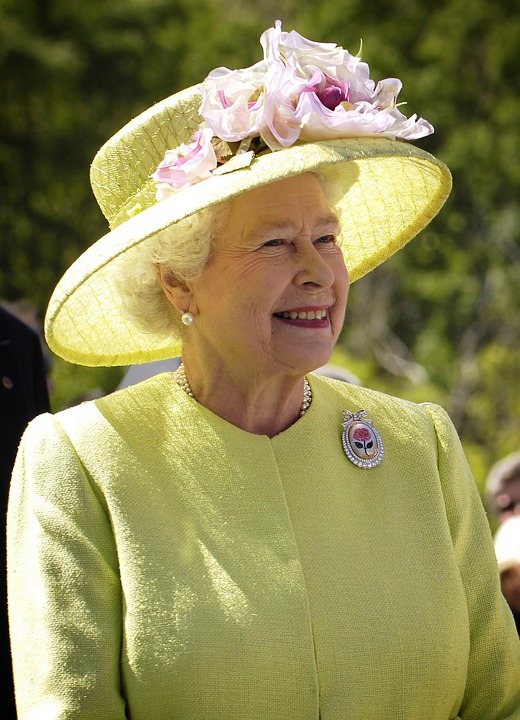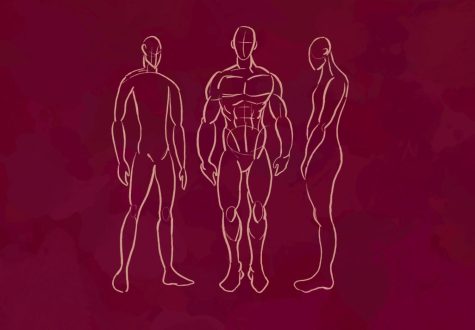Queen Elizabeth II of the U.K. dies
On Thursday, Sept. 8, 2022, Buckingham Palace released a statement that Queen Elizabeth II of the United Kingdom had died at Balmoral Castle, her country estate in Scotland which she adored.
“The Queen died peacefully at Balmoral this afternoon,” read the statement.
As Queen Elizabeth was Britain’s longest-reigning monarch and the head of the Commonwealth, her death became international news. Millions worldwide mourn for her, but amidst the condolences and sympathies for the royal family, many have criticized the late queen’s actions throughout her reign and the institution she stood for.
The Queen’s life and reign
On April 21, 1926, Princess Elizabeth Alexandra Mary Windsor was born to her parents, Elizabeth, Duchess of York, and Albert, Duke of York. She grew up with her younger sister Princess Margaret, who was born in 1930, in London. When King Edward VIII abdicated, their father, Albert, was formally proclaimed King George VI, and Elizabeth became heiress presumptive. Later, in 1947, she married her third cousin, Philip, Duke of Edinburgh, with whom she went on to have four children – now King Charles III, Anne, Princess Royal, Prince Andrew, Duke of York and Prince Edward, Earl of Wessex. In 1952, with the sudden demise of King George VI, Elizabeth took on the title of queen. On June 2, 1953, a whole year after the late king’s death, her coronation commenced at Westminster Abbey. A well-known fact, the Queen lived through a lot of significant moments in history – the Holocaust and World War II, the Civil Rights Movement in the U.S. and the COVID-19 pandemic, just to name a few. As the Queen of the U.K, which has colonized and left many lands ruined, Elizabeth also represented colonization. She ruled as the head of a monarchy that enforces a strict class system, which is reflected in numerous nations today, which is why many resent the Queen and the United Kingdom.
What will happen now?
Following the Queen’s death on Sept. 8, 2022, King Charles III, former Prince of Wales, succeeded her in becoming the monarch of the U.K. He also appointed his son, William, and daughter-in-law, Kate, to the Prince and Princess of Wales titles. Additionally, the protocol to take place upon the Queen’s death, coined “Operation Unicorn” by the British government, was set into motion. Although originally called “Operation London Bridge” since its planning in the 1960s, the name of the late queen’s funeral plan was changed since she died in Scotland instead of England. There was a 10-day mourning period that extended across the UK until the State Funeral, which took place on Sept. 19, 2022. After the funeral proceedings at Westminster Abbey, the late queen was buried alongside her husband at St. George’s Chapel in Windsor Castle.













